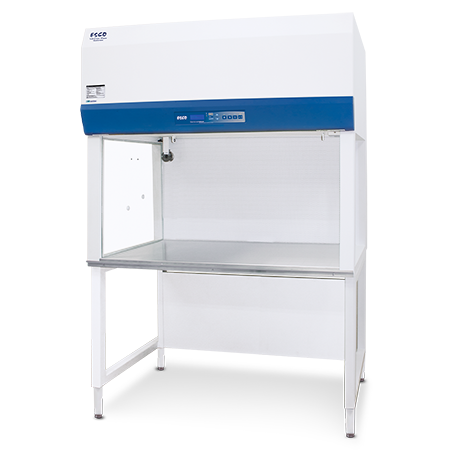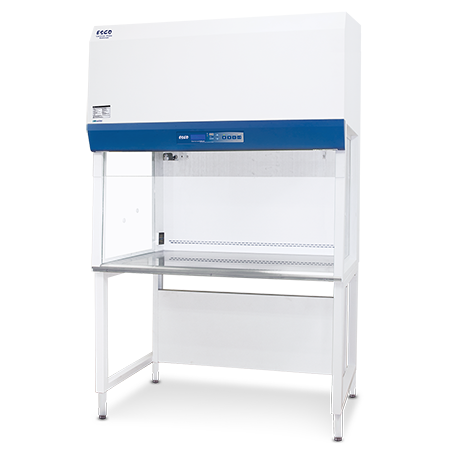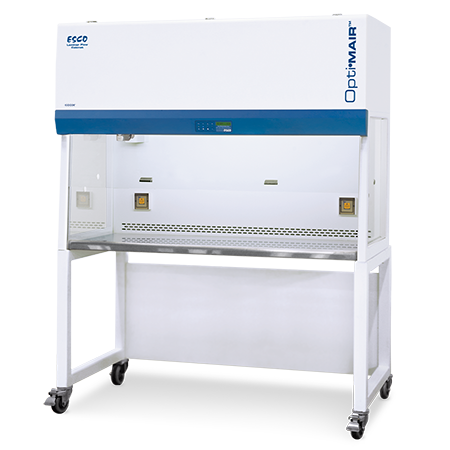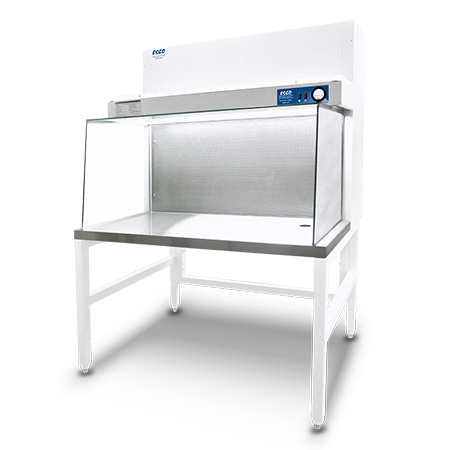I. Introduction
A laminar flow cabinet provides a sterile environment to protect samples and work processes from contaminants. It is widely used in numerous applications such as plant tissue culture, electronics inspection and assembly, culture media preparation, and other non-hazardous applications where operator protection is not required. Choosing the right laminar flow type with the ideal features providing long-term reliability is essential to maximize product protection and ultimate user comfort.
II. Laminar Flow Cabinet Guide to Models
| Laminar Flow Cabinet |  |  |  | Airstream® Horizontal for Plant Tissue Culture  | |
|---|---|---|---|---|---|
| General Application | Working with contamination sensitive samples | Working with large object or equipment | Working with large object or equipment | Ideal for plant tissue culture | |
| Standard Sizes Available | 3 ft, 4 ft, 5 ft, and 6 ft | 3 ft, 4 ft, 5 ft, and 6 ft | 4 ft and 6 ft | 4 ft | |
| Certification | UL | UL-certified | N/A | ||
| CE | Yes, CE declaration of conformity | ||||
| Construction | Main Body | Electro-galvanized steel with oven-baked epoxy-polyester powder coating | Glass enclosed work zone, EG steel construction | ||
| Side Walls | Tempered glass / Stainless steel | Tempered glass | |||
| Worktop | Recessed central area, SS 304 | Raised front edge, SS 304 | Single piece with optional hole | ||
| Sash | N/A | Fixed: Polycarbonate Sliding: Tempered glass | Sliding tempered glass | N/A | |
| Standard Controller | Sentinel™ Gold microprocessor | Sentinel™ Silver microprocessor | Simple switches | ||
| Blower | DC ECM | AC centrifugal motor fan | DC ECM | ||
| AutoPurge™ Slots | N/A | Yes | Yes | N/A | |
| Airflow Velocity | 0.45 m/s (90 fpm) | 0.30 m/s (60 fpm) | 0.45 m/s (90 fpm) | ||
| Accessories |
*UV front cover is available for fixed sash models only. | ||||
III. Must-have Features of a Laminar Flow Cabinet
Low noise emission
Low power consumption
Equipped with energy-efficient blower
Cost-effective ULPA filter with ISO Class 3 work-zone
Intuitive and ergonomic controller
Stable and self-compensating airflow
Comfortable legroom
Comfortable lighting
Antimicrobial coating
Accessories and wide range of model options
IV. Factors When Buying a Laminar Flow Cabinet
The main purpose of a laminar flow cabinet is product protection from room contaminants. It provides clean air through the ULPA filter and blows it across the work surface as a particle-free air steam.
Factors to consider when purchasing a Laminar Flow Cabinet
Durability
Performance
Energy efficiency
Ergonomics
Wider configuration selection
Filter efficiency
Value for money
Low maintenance cost
After-sales service
Longer warranty period
Typical questions to ask before buying
What application/s would the laminar flow cabinet be used for?
What is the preferred type for the enclosure side walls?
What is the preferred work surface material and construction?
What is the preferred sash type?
What is the airflow configuration? Does it include an airflow monitoring system?
What are the operational accessories needed?
How much is the installation cost and how difficult is it to install?
How much is the operational cost?
What is the required cabinet size? Will it fit in the lab?
Will the laminar flow cabinet fit on hallways, doors, elevators, and other paths?
Reasons to purchase a new one
Setting up a new laboratory facility
Replacing an old and less efficient unit that has a high operational cost
Defective unit due to electronics or mechanical malfunctions
Laminar flow cabinet repeatedly failed the certification which means it’s no longer safe to use
Additional unit due to an increase in laboratory works
V. Safety Tips When Using a Laminar Flow Cabinet
Work in the laboratory can be tedious and repetitive, and sometimes personnel tend to neglect the safety practices and protocols. These essential tips are part of good laboratory practices (GLP) to adhere to when working with laminar flow cabinets.
Do Not Confuse a Laminar Flow Cabinet with a Biosafety Cabinet. Laminar flow cabinets can look very similar to biosafety cabinets, but they only protect samples inside the work zone from external airborne contamination. They do not protect the operator. Only the biosafety cabinet has a biohazard logo. Read the label on your cabinet carefully before working.
Allow the Purge Cycles. Leave the blower on for at least 3 minutes before & after use to purge the work zone of any contaminants.
Only Arms and Hands are Allowed Inside the Work Zone. Operator must always bear in mind that head and shoulders should not be inside the work zone, and doing so might potentially contaminate the samples.
Do Not Spray Anything to the Back Wall. This can damage the HEPA/ULPA filter and cause leakage.
Do Not Place Your Body Parts Directly Above Sensitive Samples if Working with a Vertical LFC. This may be a possible cause of product contamination.
Stop Using the Cabinet When Alarms are Activated. Call your local representative for immediate service.
Do Not Store Your Stuff Inside the Cabinet. Overloading the cabinet with unnecessary items can affect the cabinet’s airflow and containment.
Only Sterile Materials Should Be Placed Inside the Clean Work Area. Make sure that all your items are disinfected properly to avoid possible contamination of the work bench.
Identify the Proper Location for the Cabinet. External airflow disturbances (doors, excessive human traffic, windows, diffusers, air conditioner outlets) can compromise containment. Minimize disturbances to the airflow barrier.
Do Not Use Bunsen Burner Inside the Cabinet. The resulting buoyancy effect will affect the cabinet’s airflow and containment. When absolutely necessary, low pilot light type electric burners may be used.
Wear Personal Protective Equipment (PPE) Properly. Wearing a back-fastened lab coat (to protect the operator from splashes) as well as double gloving (over the cuffs) should be practiced.

